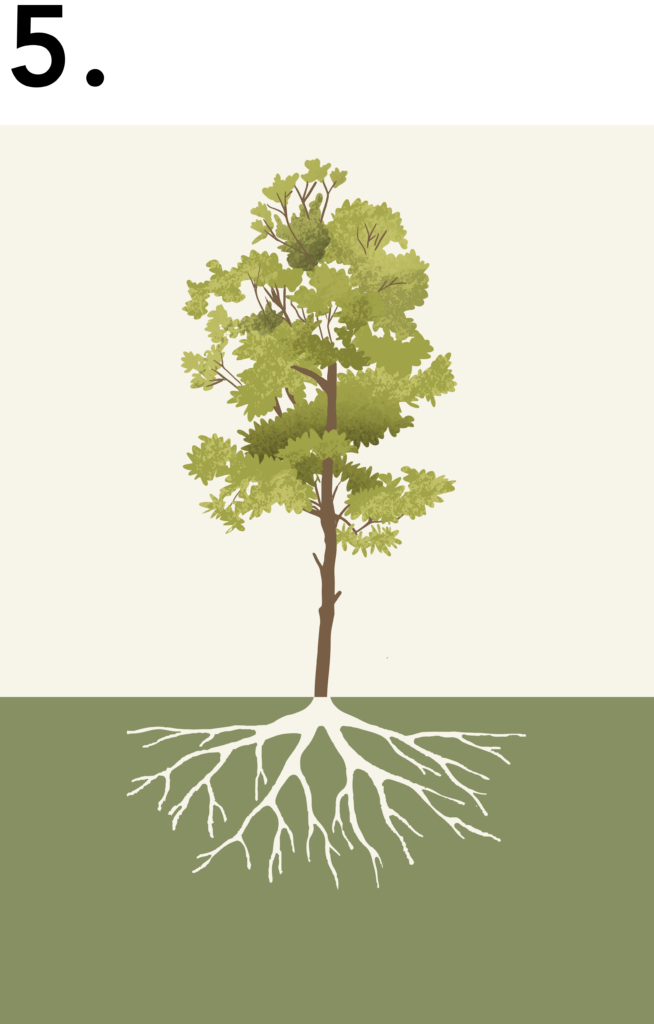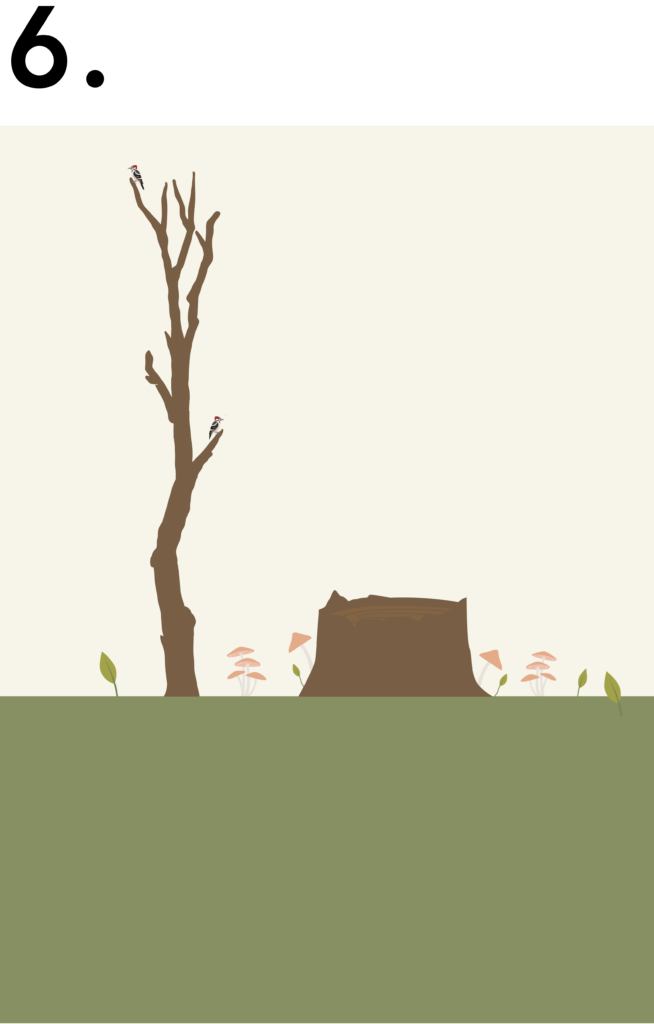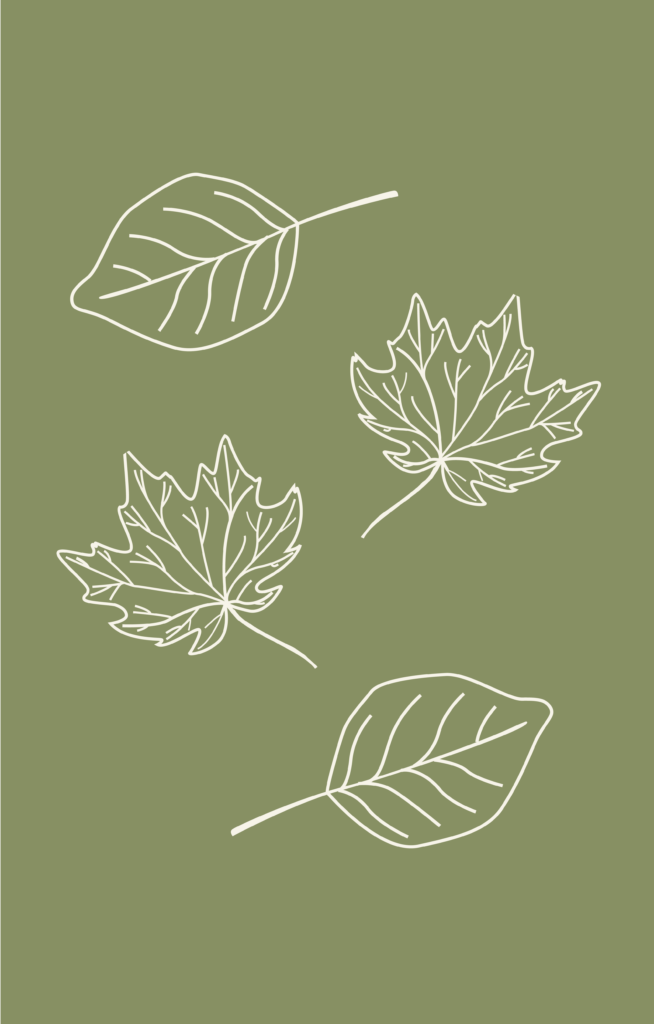FROM SEED TO SNAG
There are an estimated 70,000 plus different species of trees. All start life as a seed but make a distinction in approach to germination. Some opt for the protection of a hard shell, others rely on the wind.
The life cycle of a tree is a fascinating journey that spans many years, often decades or even centuries, depending on the species. In this exploration, we delve into the stages of growth, development, and eventual decline, returning the tree to the earth to continue the life cycle once more.

SEED
Seeds start the whole miracle of growth and have been designed over millennia with pure survival in mind. The seed must contain everything needed to start the journey of life but first, it has to find the right environment in which to germinate. How to ensure it gets there safely is the first way the estimated 70,000 plus different species of trees make a distinction in approach.
Some opt for the protection of a hard shell like the acorn, or the enticing fleshy fruit of the plum or the eye-catching red berry of the holly and the yew. Others that rely on the wind to disperse them like the maple, hornbeam and ash, produce winged seeds.
SPROUT
It is only once the seed lands by one method or another that it germinates and the process really begins. The root breaks through to secure it to the earth and reach the water that will help the tree begin to develop.


SEEDLING
The first embryonic shoot that emerges becomes a seedling once it is above ground, but its succulent growth makes it a tasty meal for grazing animals, and it is also at its most vulnerable to disease, so it is a perilous start.
A seedling is a young tree less than a year old.
SAPLING
The seedlings that survive become saplings once they make it to a metre in height – these are the teenage years where their trunks are flexible with smoother bark than the mature trees.


MATURE TREE
How long a tree takes to mature depends on the species but when they are fully grown they produce fruit or seeds to begin the life cycle once more. An Oak may produce acorns after 40 years and continue doing so for 300 more whereas a Rowan may produce berries after 15 years but be approaching the end of its lifecycle after 120 years.
DECAYING TREE (SNAG)
The final stage in a tree’s life cycle is decay; ironically, this is where it may provide the most life to the local habitat. Trees begin to decay from the heart and the root upwards and outwards although sometimes the decay has already hollowed out the trunk and only sapwood supports the bark.
Dead trees provide a home to a plethora of fungi, insects, birds and small mammals which attract those higher up the food chain, all of whom can find shelter in the hollows and holes forming in the dead and decaying wood. This is a vital part of woodland biodiversity and the reason trees are often left where they fall.


ROOTS
The roots of the tree tether it to the earth. The essential water supply for the tree is sourced from its roots. Some, like the Oak, have a main root that plunges deep down whereas others have shallower roots that reach out in all directions always seeking moisture. These roots typically extend across an area equivalent to two to four times the diameter of the tree’s canopy.
The great storm in the UK during 1987 was the downfall of many like the beech who have shallower roots however a total of 15 million trees were toppled. Roots provide the water the tree needs, but its leaves produce the food.
LEAVES
The leaves are essentially nature’s solar panels, little chemical factories where the miracle of photosynthesis takes place – the larger the surface area of the leaf, the more sun it can absorb.
Put simply the leaves take carbon dioxide from the air, and water from the roots, trap the light energy from the sun within their cell structure and convert it into chemical energy or food. The glucose produced is energy – essentially food the tree has generated for itself – and is stored as sugars, starches, and resins depending on the need of the tree and the oxygen is released into the air.
The oxygen released by this process in trees helps keep the equilibrium of carbon dioxide and oxygen in the atmosphere in balance. A single fully grown oak may have over 700,000 leaves and soak up 1,400 litres of water a day. Miraculous in its simplicity. Wondrous in its effect. Essential to life on earth.
